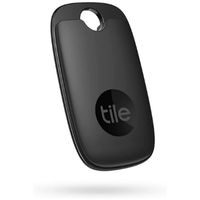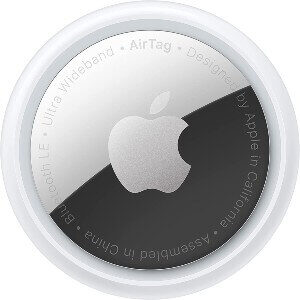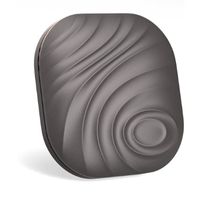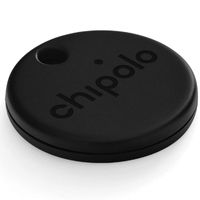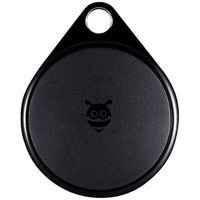The massive Find My device network includes every Bluetooth-enabled Apple device: iPhone, iPad, iPod Touch, Apple Watch, Mac computers, and AirPods. All these devices share location data with you and your family. Plus, you can see all your devices on the map, not just the tracker and your phone.
Precision Finding is AirTag's most compelling feature because it uses an ultra-wideband (UWB) signal to show the direction and distance of your tracker—like a compass. UWB (on iPhone 11 and later models) is a game changer and one reason the Apple AirTag outperforms the competition.
Adding an AirTag to the Find My app takes a few seconds—you tap it with your iPhone and hit the connect button. Once connected, you can name the tag and throw it in your bag. In true Apple fashion, the AirTag doesn't come with a key ring because it would spoil the sleek design.
Instead, the company happily sells a branded AirTag Leather Key Ring or AirTag Loop for as much, or more, than the device costs—at least on Apple's website. Fortunately, AirTag's staggering popularity means hundreds of accessories like dog collars, wallets, bracelets, and cute keychains.
The AirTag isn't without drawbacks. Unlike other Bluetooth trackers, the Apple AirTag can't find your phone between the couch cushions at the push of a button.
Likewise, we can't deny that Apple's walled garden approach works for maintaining a high standard of excellence and security on Apple products. But it makes AirTag feel like just another iPhone accessory rather than a bold new direction for Bluetooth trackers in general.
We're confident that the Apple AirTag will indirectly influence Bluetooth tags on Android for the better, but it would be nice to have more functionality on Android than an app that checks for AirTag stalkers. But for iPhone users, there's no better alternative.
Learn more in our full Apple AirTag Review.
